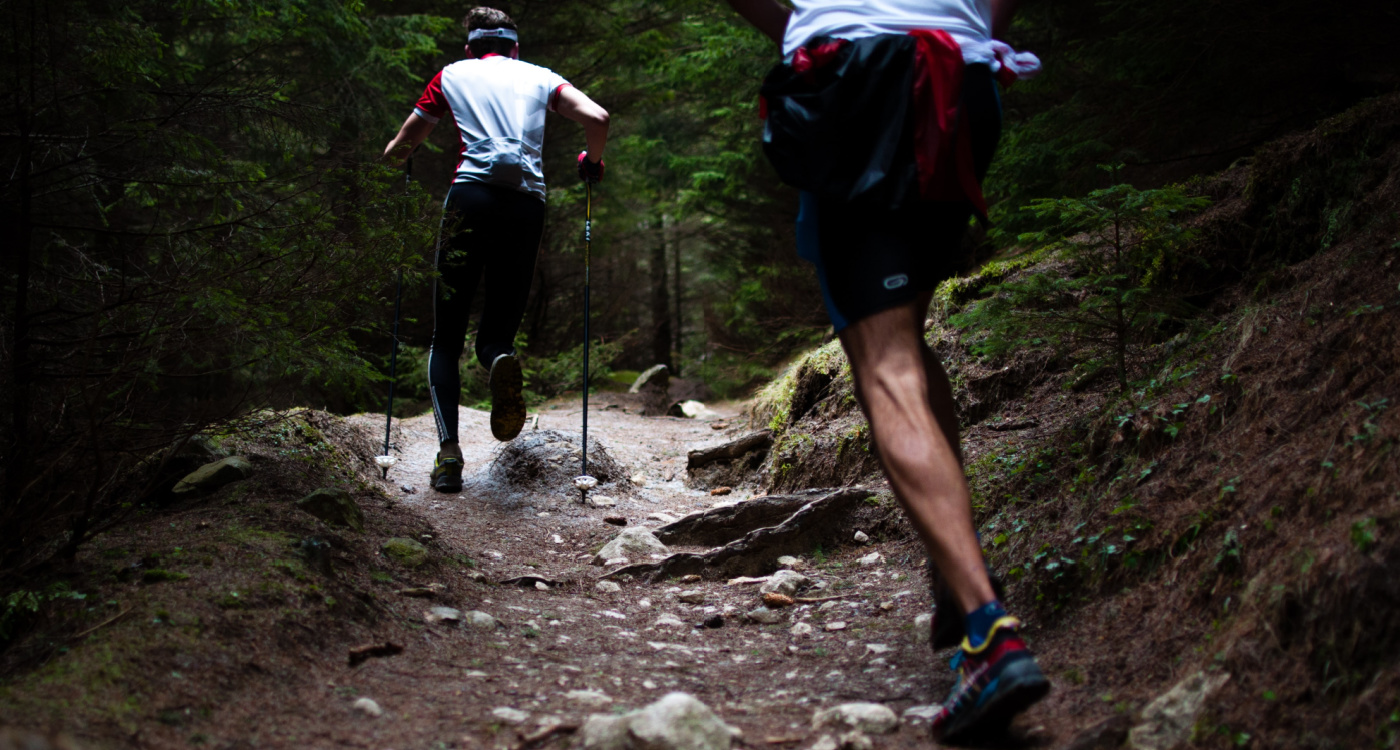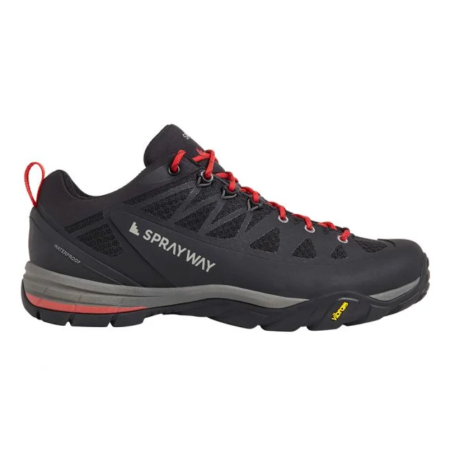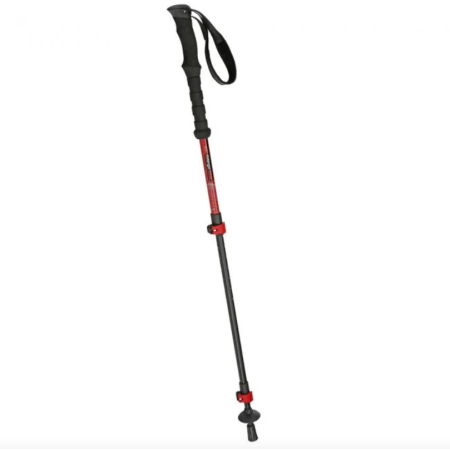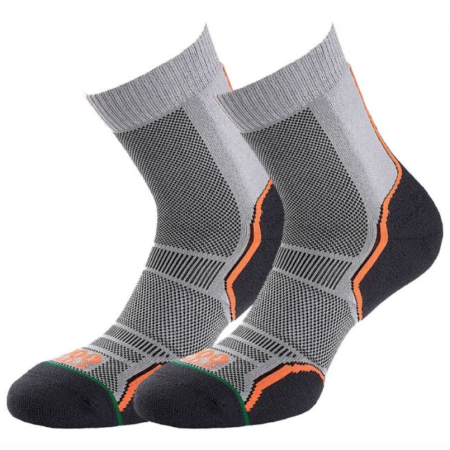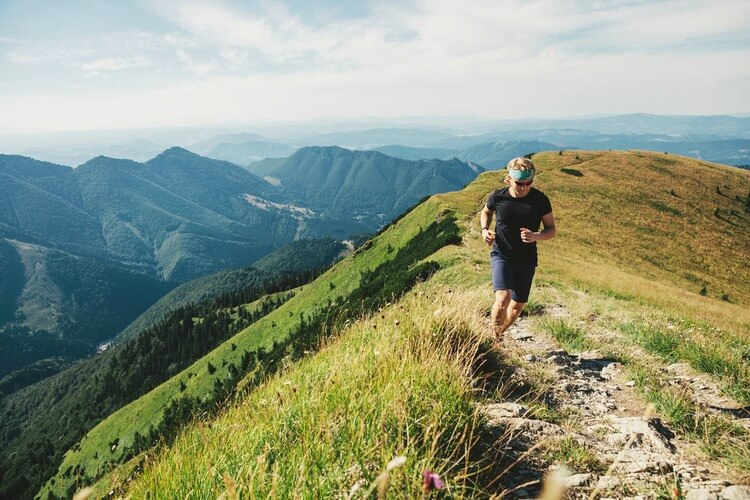While road running shoes can provide some stability if you run across a field, they won’t pass muster when it comes to more serious, challenging terrain.
Trail running shoes are extremely helpful on steep inclines, technical terrain, or simply when trails are wet and muddy. Trail running shoes protect your feet in ways road running shoes cannot.
Put simply, trail shoes enable you to run smoothly over rough, challenging surfaces.
How should trail running shoes fit?
For the ideal fit, trail shoes should be snug around your heel and foot arch to prevent lifting. The front of the shoe should be about a finger’s width away from your toes.
Because of the way trail shoes fit, you could end up having to buy a completely different size compared to your everyday shoes or road running shoes.
When trying a pair of trail shoes, it’s important to remember that your feet swell when you run, especially on longer routes. So, try on your shoes in the afternoon and try different brands of trail shoes.
Trail running shoe buying tips
Here are a few tips to remember when you’re buying and trying on trail running shoes:
- Ask yourself, “what type of terrain am I going to be running on?”
- Try trail running shoes on in the afternoon.
- Think about the distances you’ll be running in the trail shoes.
- Consider your build and how much support you’ll need the trail shoes to provide.
- Check how the shoes fit around your heel and arch particularly.
- Make sure you wear the right type of socks when trying on trail shoes.


